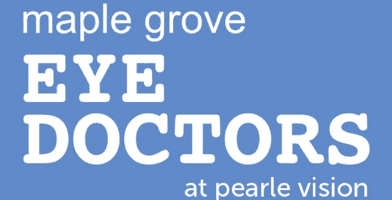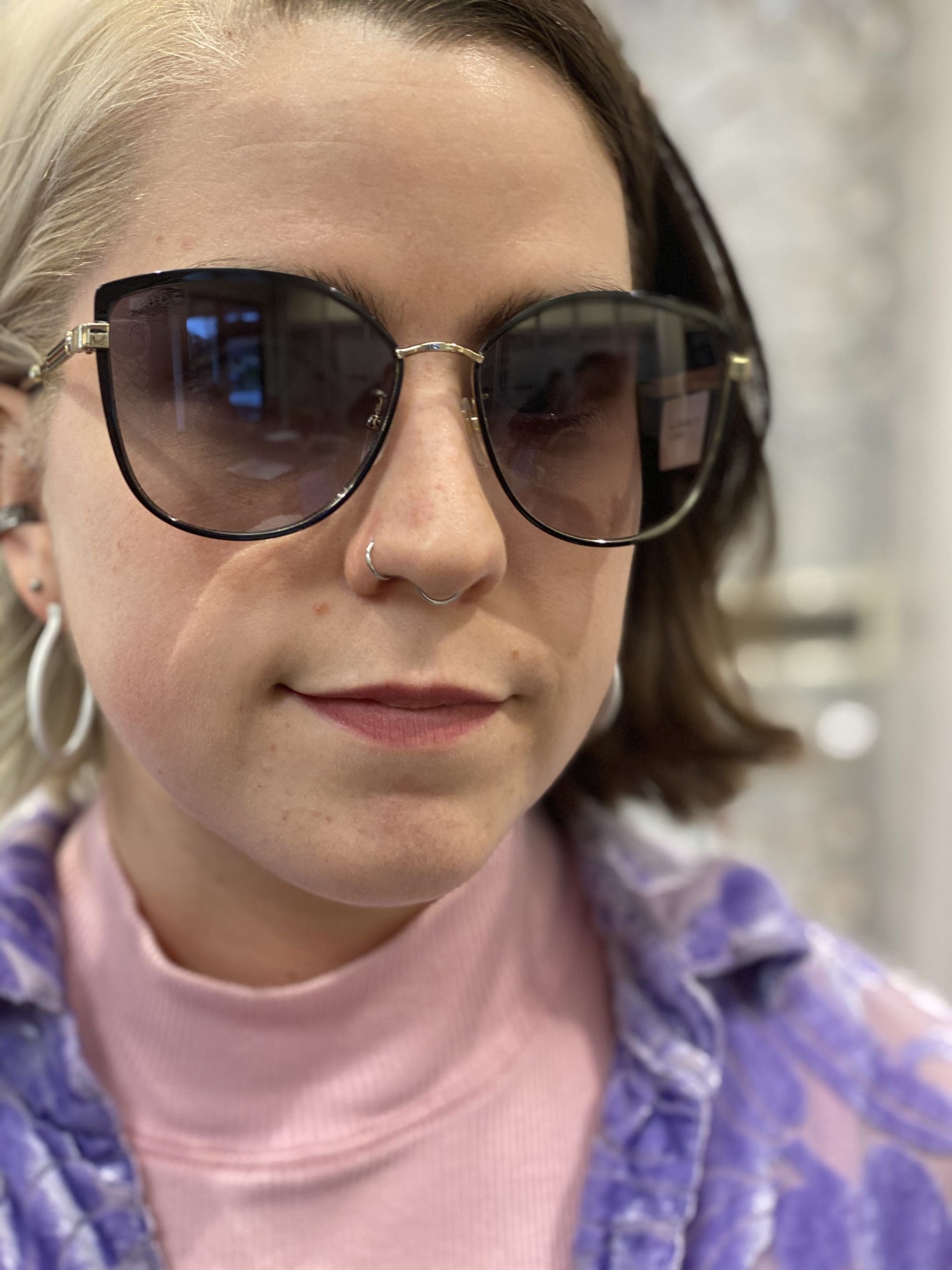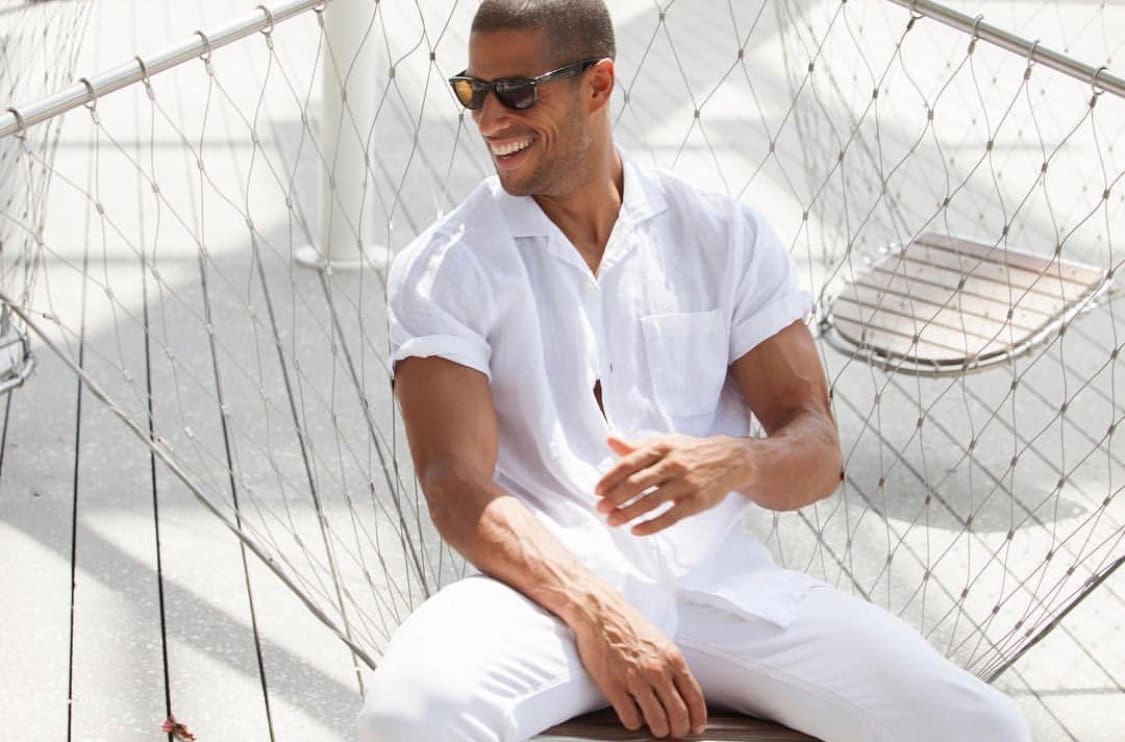Why does a $100 frame feel so different from a $400 or $500 frame?
The truth is—–as price goes down, automation goes up.
Therefore at the lowest price point, injection molded plastics with sprayed on finishes are the norm.
As quality moves up, the attention to detail and the amount of hand work increases.
At its highest point, we have one frame made for an individual with the least amount of machine involvement possible. All of the surfaces are cut, filed, sanded, polished, and fit together with precision in mind.
The type of product used is also a consideration with price.
Mazzuchelli is considered one of the oldest and finest acetate manufacturers in Europe. 
Japanese acetate tends to be more rigid and hold a shine, mostly bc of the amount of wood cellulose used. Japanese acetates also tend to be more muted in color due to their manufacturing process.
Injection molded plastics are more brittle, a little heavier in weight, and colorization is not as specific.
Higher quality acetate has a deep color, and is smooth and polished and lightweight. It should be flexible but hold an adjustment when done with heat.

Blended nylon frames are strong and lightweight, and are a popular choice for sports or safety frames. Nylon frames are often found in wraparound styles, because they are easily molded.

For metal frames, the difference in a mixed metal (Monel) vs a stainless steel vs a titanium frame is in the weight of the frame and also how the finish will wear- long term.
Stainless steel frames are lightweight and strong, but not as light as titanium. They can be less expensive than other metal frames and are corrosion-resistant.
Titanium frames are the lightest most durable frames and the only truly hypoallergenic frames, hence they are more expensive to manufacture bc of the high quality and cost of the material. Monel, is a nickel-copper alloy used mostly in lower priced metal frames. While Monel is durable and resists corrosion, it might irritate the skin of a wearer who’s allergic to nickel.
Flexon, as the name suggests, is a very flexible material. Flexon is an alloy of titanium, which comes back into shape even after it is twisted or bent. These frames are lightweight, corrosion-resistant and hypoallergenic, and are great for active kids.

Aluminum is sometimes used in high-end frames bc it is corrosion-resistant, flexible and strong.
Rimless or drilled frames are lightweight but not quite as durable bc the edges of the lenses are exposed.

The type of hinge used – spring or regular, and the type of nosepad – silicone or plastic are also factors in the price of frames.
Designer names add another level to pricing. Bigger brand (Gucci, Tom Ford, etc) = higher price. However, some very big brands like Rayban use excellent quality materials at a fair price, and with a brand name attached. The brand’s sales volume is what makes up for lower pricing.

Fabulous Dior
Eyewear is now a segment of the fashion industry and many who wear eyeglasses would never settle for just one pair. How many shirts do you have? How many shoes do you have? Do you really want to have just one pair of glasses to put on your face every single day? here is a good checklist when purchasing new frames:
- Do you feel comfortable and confident in them?
- Do they fit your face? The eyes should be centered in a frame, the temples should be the correct length, and the shape of the frame should be in contrast to the shape of your face.
- Do they feel comfortable w/o requiring too much adjustment? Like shoes, if a frame needs huge adjustments to make them work for your comfort, then you should probably keep looking!
- Do they align with your personal style? your eye color and skin tone?
- Did a professional optician help you choose the frames that work with your prescription?
If all of those are a YES, then you’ve found a great pair of glasses!
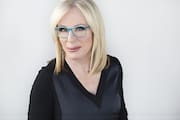
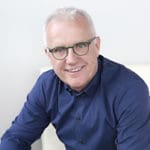
our resident ‘senior’
